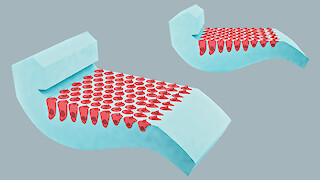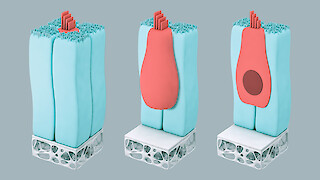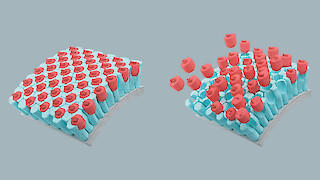


A Research on an Innovative Visual Communication Concept within Scientific Labs
How to visualize complex research in order to help the learning of the latter and thereby the communication in scientific labs? This thesis aims to study and report an innovative visual communication concept which fosters the learning of advanced research through visuals, within scientific labs.
Although scientific institutions are the foundation of research and the start of many significant discoveries, they often operate in the background and the divulgation of their work is usually performed through inaccurate visuals. At Stanford University, in the School of Medicine, the Heller Lab is playing an important role in developing promising medical techniques in the field of inner ear regeneration, experimenting different strategies for the treatment of hearing loss. In this thesis, I reported how the use of scientific models can help in the learning of complex research and support the illustration process of elements which are not directly observable, such as cellular scale items.
Furthermore, I analyzed how the design of those models can advantage or disadvantage their use for a didactic purpose. I examined images related to communication and knowledge transfer within the Heller Lab and others. Specific design criteria such as style, color coding, and abstraction have been analyzed and identified as important visual aspects that, if applied in illustrations, could fosters the understanding of the latter and thereby the communication of complex research within the scientific communities. The criteria were then summarized through a best-practice catalogue that could serve as a guideline for the realization of illustrations designed for scientific publications. This visual communication concept could improve the disclosure and hence the understanding of new discoveries and future therapies within scientific laboratories.
Sonia Monti
MA-Diplome 2022
LinkedIn
Mentoring: Alessandro Holler
Cooperation partner: Prof. Dr. Stefan Heller Heller Lab School of Medicine Department of Otolaryngology Head and Neck Surgery Stanford University, CA (USA)